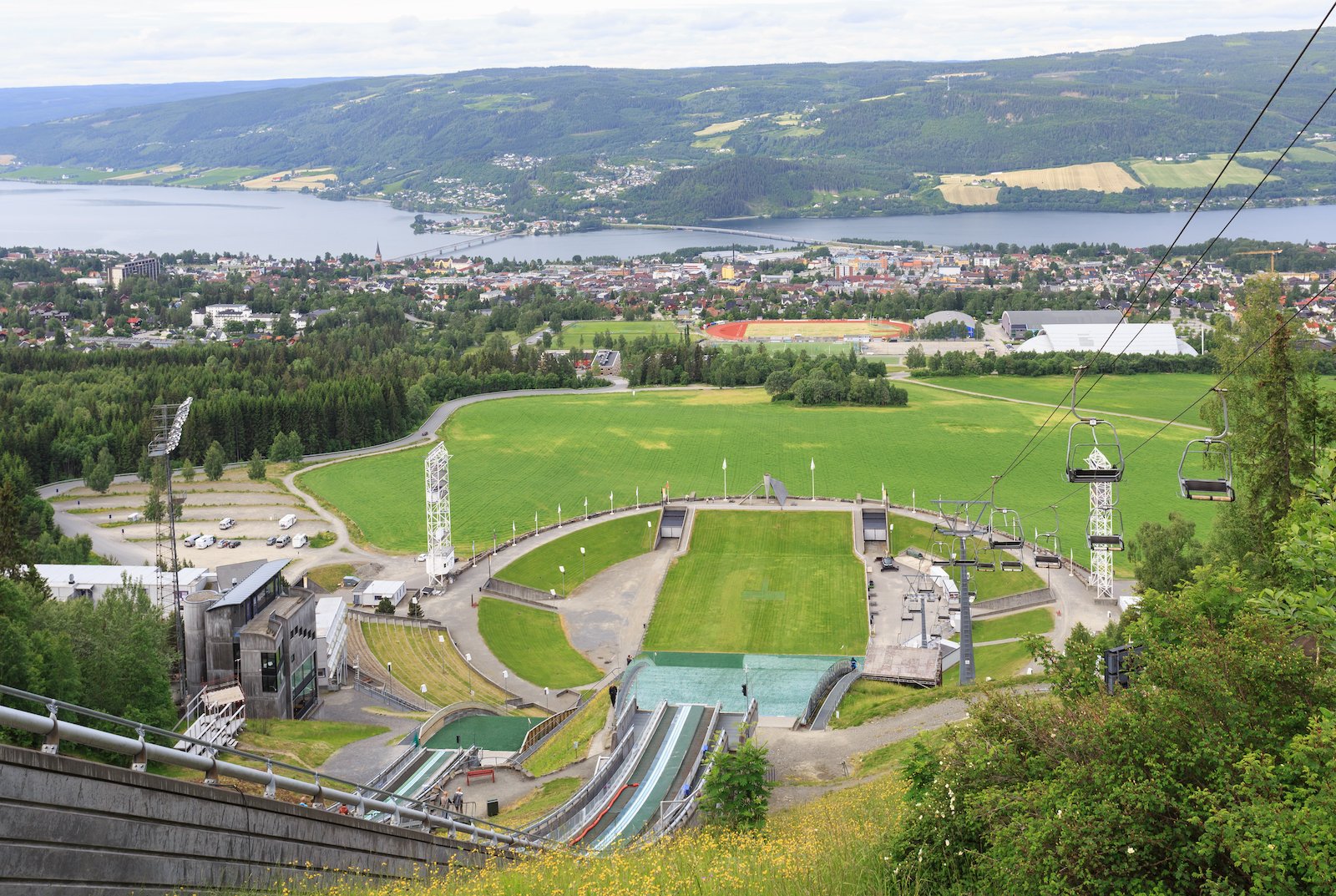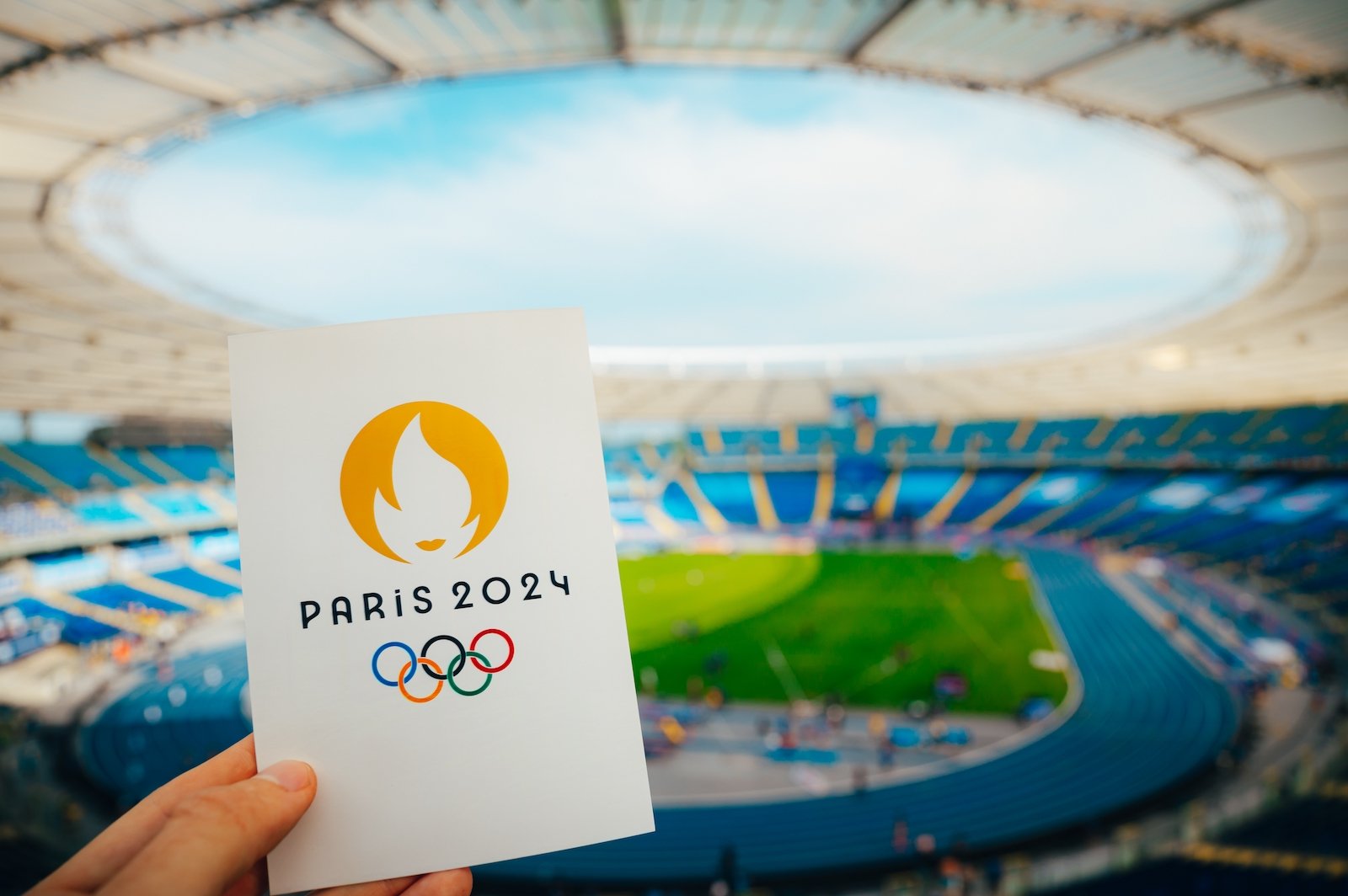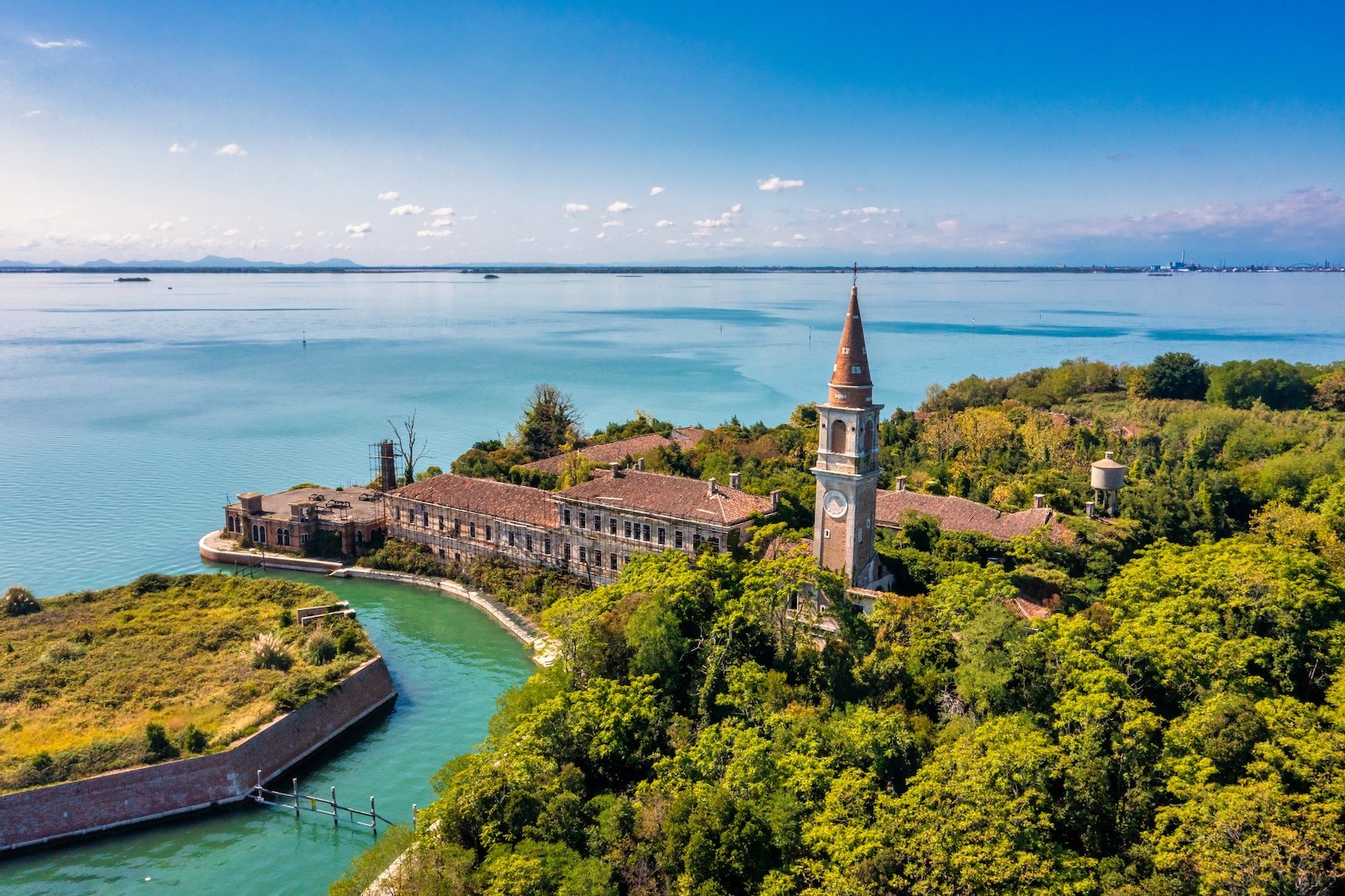Hosting the Olympic Games is a prestigious honor, but it often comes with a hefty price tag that can spiral out of control. Sourcing information from the Council on Foreign Relations, research and Analysis service provider, Statista has published a report that reveals that several cities hosting the world-renowned Olympics have faced significant budget overruns, turning what should have been a celebration into an expensive ordeal.
Here is the list of past host cities, starting from 1992, that went over budget to host the Olympic games for the whole world.
Rio de Janeiro (2016)

- Cost Overrun (in percentage): 352
According to the Reuters report, the 2016 Rio de Janeiro Olympics experienced a substantial budget overrun, with costs ballooning to approximately $13.2 billion. The city authorities had to build new sports venues, a subway line, and other public infrastructure from scratch, contributing significantly to the inflated costs. Additionally, the economic downturn in Brazil and political instability further strained the budget. Despite these financial hurdles, Rio managed to deliver the Games on time.
Sochi 2014

- Cost Overrun (in percentage): 289
The Sochi Winter Olympics in 2014 are notorious for being one of the most expensive in history, with costs ballooning from an initially projected $12 billion to an astounding $28.9 billion. According to a Reuters report, corruption and mismanagement also played roles in the budget overruns, with reports indicating that up to $30 billion may have been embezzled or misused. Under the leadership of President Vladimir Putin, the Russian government covered much of the excess through state funds and loans, emphasizing the event’s importance to Russia’s global image.
Lillehammer 1994

- Cost Overrun (in percentage): 277
The 1994 Winter Olympics in Lillehammer, Norway, ended with final expenses surpassing $3.4 billion. This substantial overrun was driven by several factors, including the extensive construction of new sports facilities, enhanced infrastructure improvements, and the implementation of high environmental standards to protect the local ecosystem. The Norwegian government and local authorities addressed these financial challenges through a combination of increased public funding and sponsorship deals.
Barcelona 1992

- Cost Overrun (in percentage): 266
Barcelona’s 1992 Summer Olympics stand out as a notable instance of cost overruns in the history of the Games. The final expenses surged to approximately $11.6 billion. The primary reasons for this overrun included extensive infrastructure projects aimed at reconstructing the city, such as the construction of new sports facilities (the Olympic Village of Poblenou), an improved transportation network, and the revitalization of the waterfront area.
Atlanta 1996

- Cost Overrun (in percentage): 157
The 1996 Summer Olympics, hosted by the city of Atlanta, Georgia, in the United States, projected a budget that ultimately soared to around $4.7 billion. This cost overrun was primarily due to infrastructure improvements, security enhancements, and unexpected logistical challenges. The city had to upgrade its transportation systems, build new sports venues, and ensure top-notch security, especially after the Centennial Olympic Park bombing.
Beijing 2022

- Cost Overrun (in percentage): 149
The Beijing 2022 Winter Olympics faced significant budget overruns, escalating to an estimated $8.7 billion by the time the games commenced. The increased costs were primarily attributed to infrastructure developments, such as new venues and extensive transportation networks, including high-speed rail links and highways, to accommodate the influx of visitors. Stringent COVID-19 safety measures, including testing, quarantine facilities, and health protocols, further inflated the budget.
Albertville 1992

- Cost Overrun (in percentage): 137
The 1992 Winter Olympics in Albertville, France, saw substantial cost overruns of around $2.1 billion. The reasons for this significant financial discrepancy included the extensive infrastructure improvements required in the rural Alpine region, such as new transportation networks, accommodation facilities, and heightened security measures. Fluctuating exchange rates and inflation contributed to the soaring expenses.
Tokyo 2020

- Cost Overrun (in percentage): 128
The Tokyo 2020 Olympics faced significant budget overruns, eventually totaling an estimated $13.7 billion. The primary reasons for this cost surge included the COVID-19 pandemic, which necessitated the postponement of the games by a year, leading to increased expenses for logistics, venue maintenance, and health measures. Rising construction costs and the implementation of advanced technology for security and broadcasting further inflated the budget.
Paris 2024

- Cost Overrun (in percentage): 115
Paris, the 2024 Summer Olympics host, has also been facing concerns over budget overruns. The cost projections have since risen to $8.7 billion as of 2023. This increase is attributed to inflation, rising construction costs, and ensuring world-class security and sustainability. The French government and the organizing committee are implementing public-private partnerships and increased sponsorship deals to manage the financial strain.
Sydney 2000

Shutterstock
- Cost Overrun (in percentage): 90
Sydney’s 2000 Summer Olympics overall budget for the games eventually led to a cost of $5.2 billion, a significant overrun attributed to infrastructure investments and unexpected expenses. The Homebush Bay development, which included the Olympic Stadium, alone cost over $690 million. Despite the financial strain, Sydney managed to cover the expenses through government funding, increased tourism, and commercial sponsorships. However, the Games left the city with a legacy of world-class sports facilities and improved infrastructure.
Turin 2006

- Cost Overrun (in percentage): 80
The 2006 Winter Olympics in Turin, Italy, escalated to approximately $4.7 billion. The need to construct new sporting venues and upgrade existing ones added to the financial burden. Despite the financial strain, Turin’s post-Olympic infrastructure improvements have benefited the city in the long term. The Turin Olympics were praised for their organization and the legacy of improved transportation and sporting facilities that continue to serve the region.
London 2012

- Cost Overrun (in percentage): 76
The 2012 London Olympics costs ultimately soared to an estimated $16.8 billion, creating a financial strain for the host city. This substantial overrun was primarily due to underestimations in security costs, infrastructure enhancements, and unexpected expenses related to venue construction. The need for heightened security following global concerns and the extensive redevelopment of East London, including the Olympic Park, added billions to the budget.
Athens 2004

- Cost Overrun (in percentage): 49
The overall costs of the Athens 2004 Olympics ballooned to an astounding $3.1 billion. Several factors contributed to this massive overrun, including delays in construction, heightened security measures post-9/11, and significant investments in infrastructure improvements across the city. The financial strain from these expenses burdened Greece’s economy, contributing to the country’s debt crisis.


